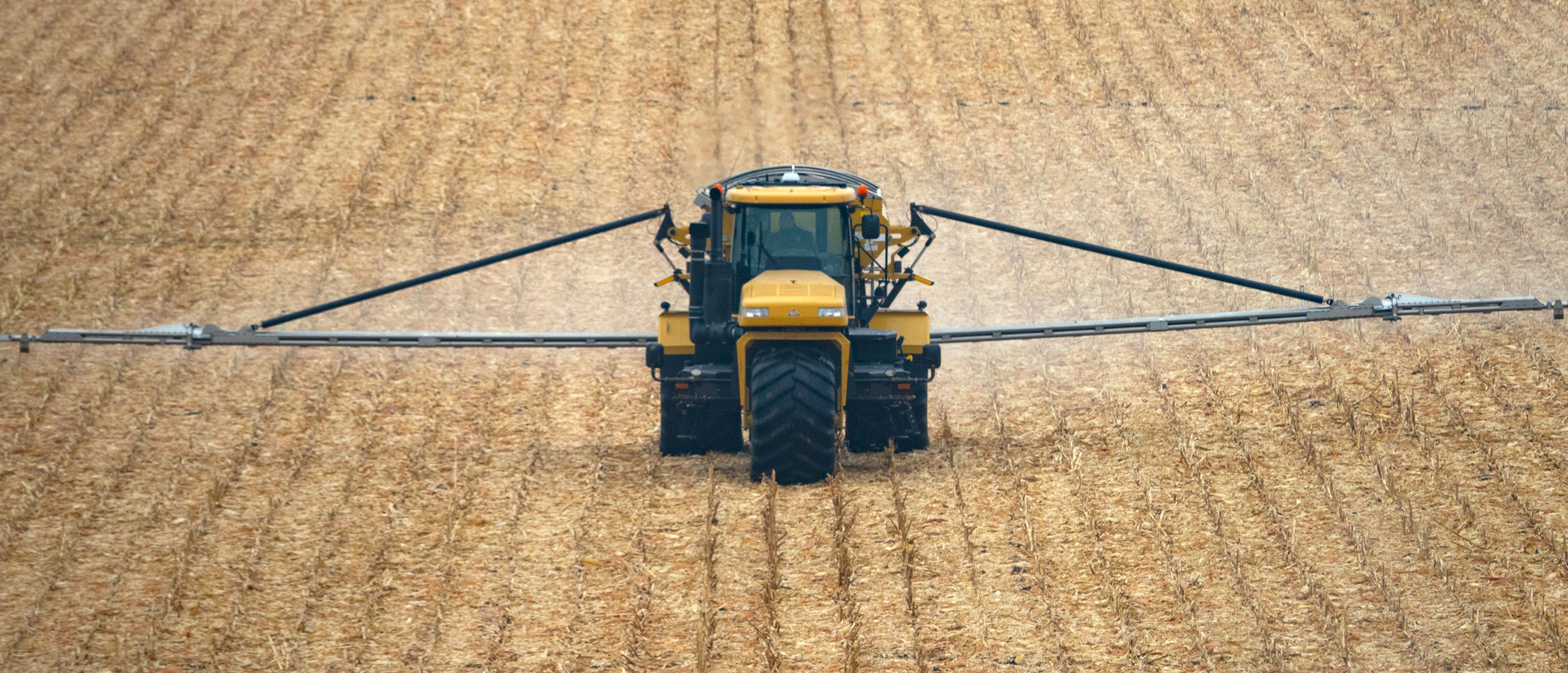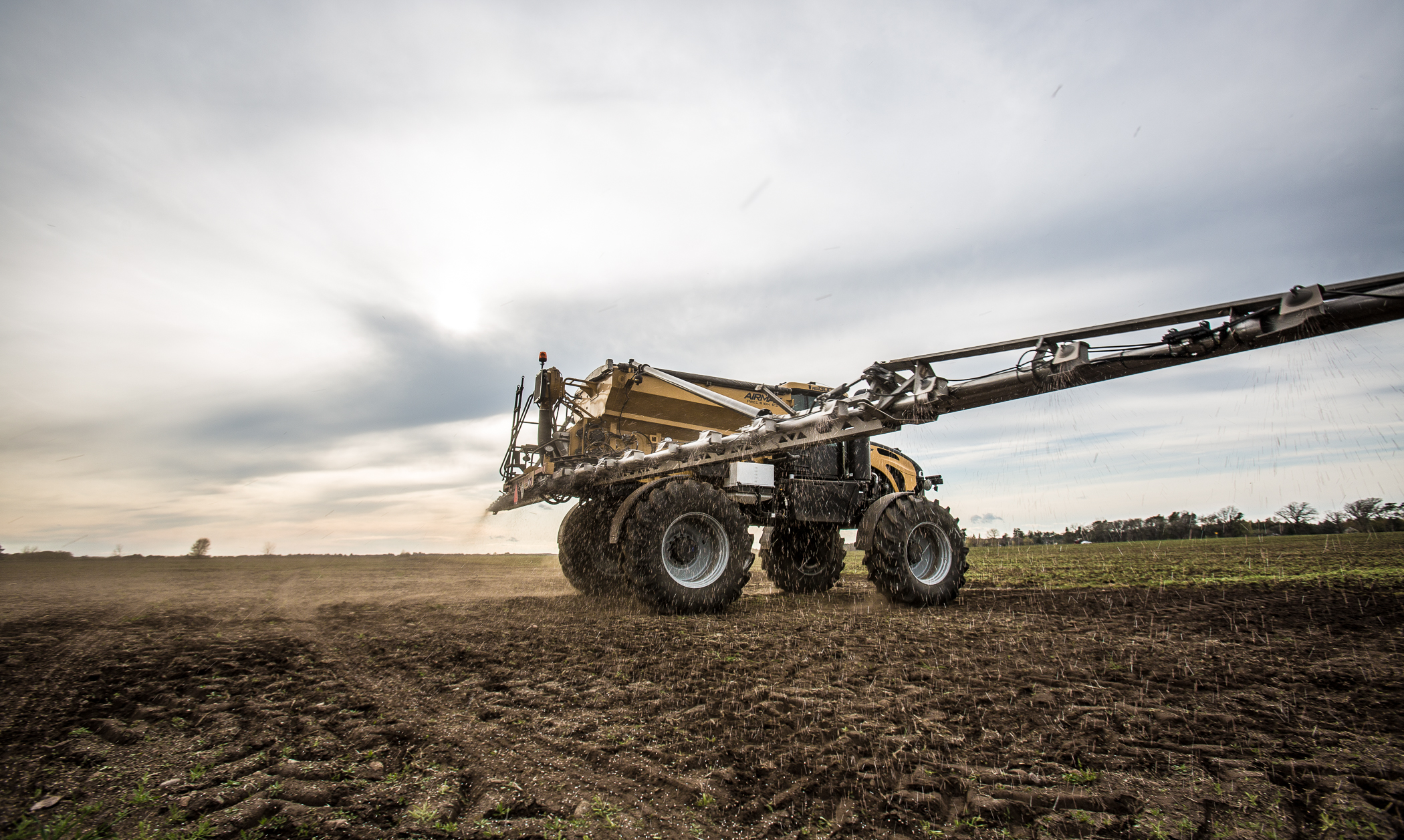Avoid downtime during spraying season with a good sprayer inspection
During a busy spraying season, the sprayer you use is just as important as the product you apply. But even more important than either factor is an operator keeping an eye on it all.

In the fight against waterhemp and palmer amaranth, the equipment you use is just as important as the product you apply.
And just as important as either of those factors? An operator keeping an eye on it all.
With a poorly monitored machine, setbacks and costs can add up quickly. A breakdown could put your machine in the shop at the worst possible time and cause you to get behind on a tight spraying schedule, jeopardizing your yields. And even if your equipment is working, it might not be functioning the way it should, which can cause you to miss the mark on your yields or waste costly product.
That’s why it’s important to give your machine a rigorous inspection or bring it in to your dealer for a professional inspection before the season gets into full swing. You’ll want to single out any wear or damage and identify any issues that should be fixed immediately. You’ll also want to identify issues that require monitoring and will likely need attention in the future.
No matter how busy you get during the spraying season, routine maintenance and inspections remain critical. Develop a practice of giving your machine a quick visual inspection before heading out into the field and performing maintenance tasks as soon as they’re required.

Following these steps in keeping your sprayer clean:
- Frequently inspect and clean all filters and strainers
- Remove and clean your boom pipe end caps
- Clean your tip screens, if you’re using them
- Triple-rinse your tank and plumbing when changing products or tank mixes
- Use tank cleaner according to your pesticide’s instructions
Using correct spray nozzles per pesticide label instructions. Inspect your nozzles for any clog and clean as needed. Also, watch nozzle orifices for wear and corrosion and replace them before the spray pattern is compromised.
Following label instructions. Your product labels will give you instruction on proper boom height, spraying speeds, droplet size, rainfast periods , cautions, correct mixing procedures and any other restrictions or important instructions.
Splitting your product pump once a year. Inspect your impeller for wear or damage.
The most important component of any piece of equipment is you, the operator. If you develop a practice of diligence, proper use and timely upkeep, your sprayer is more likely to provide you with multiple seasons of reliable use. That means better weed/pest control, higher yields and better business all around.
